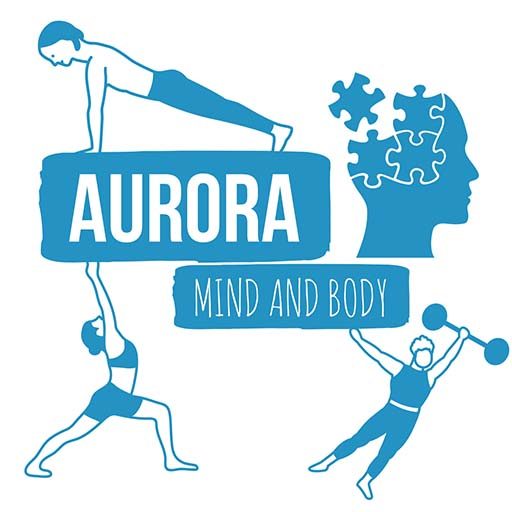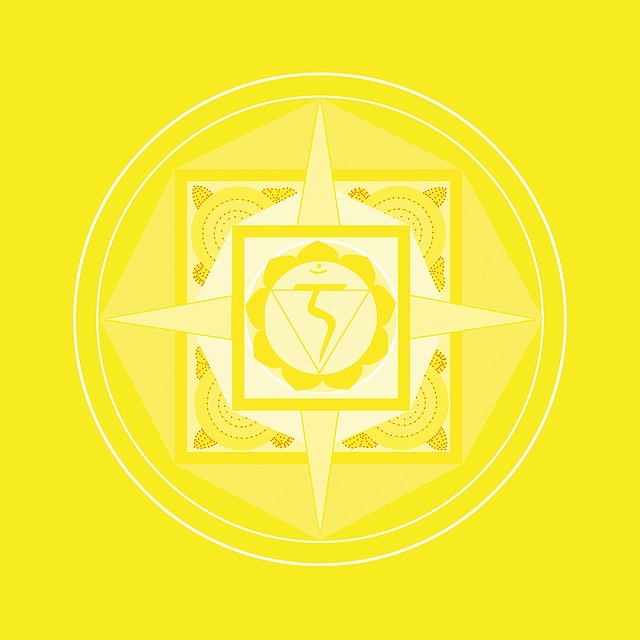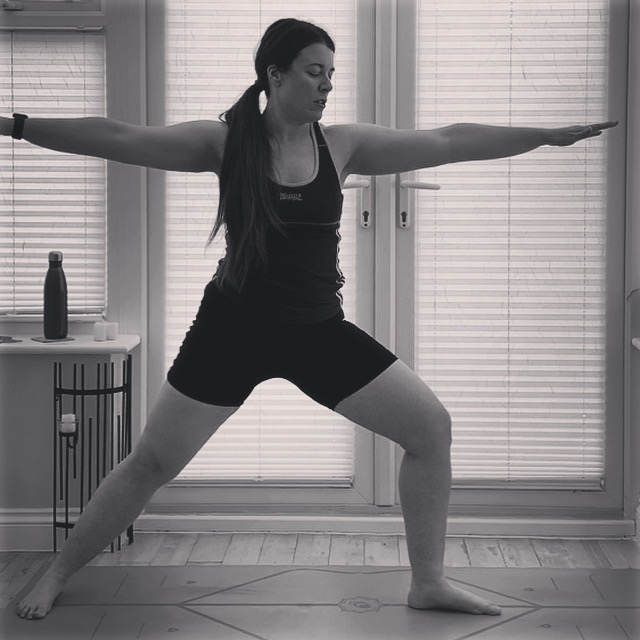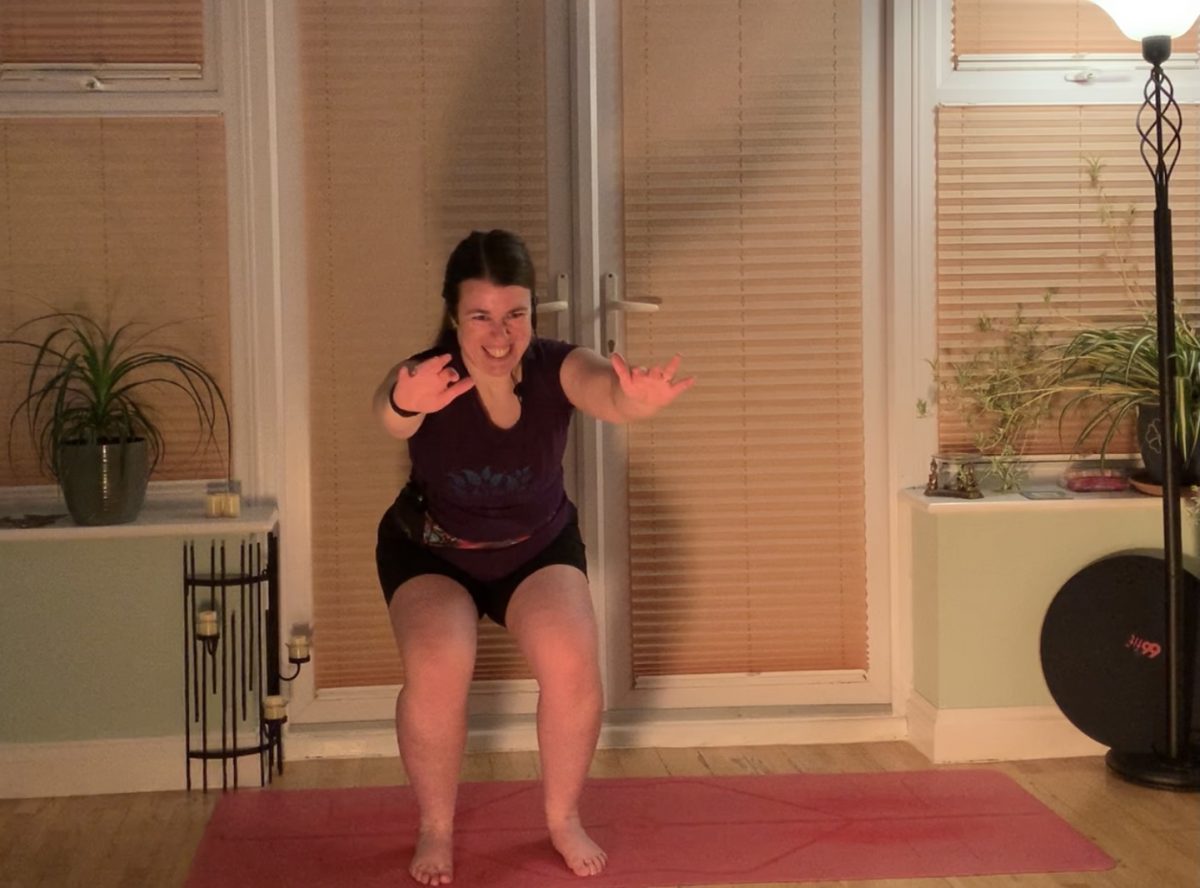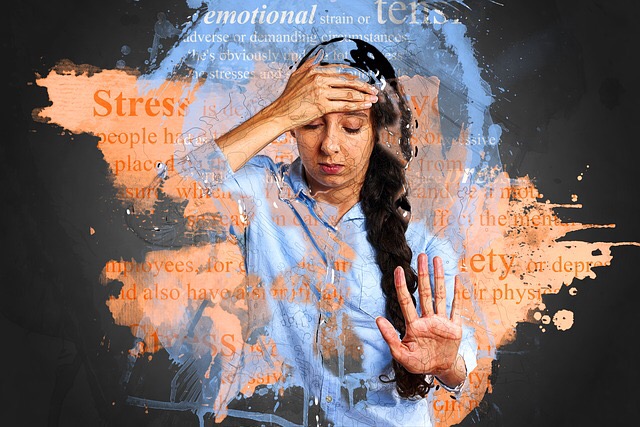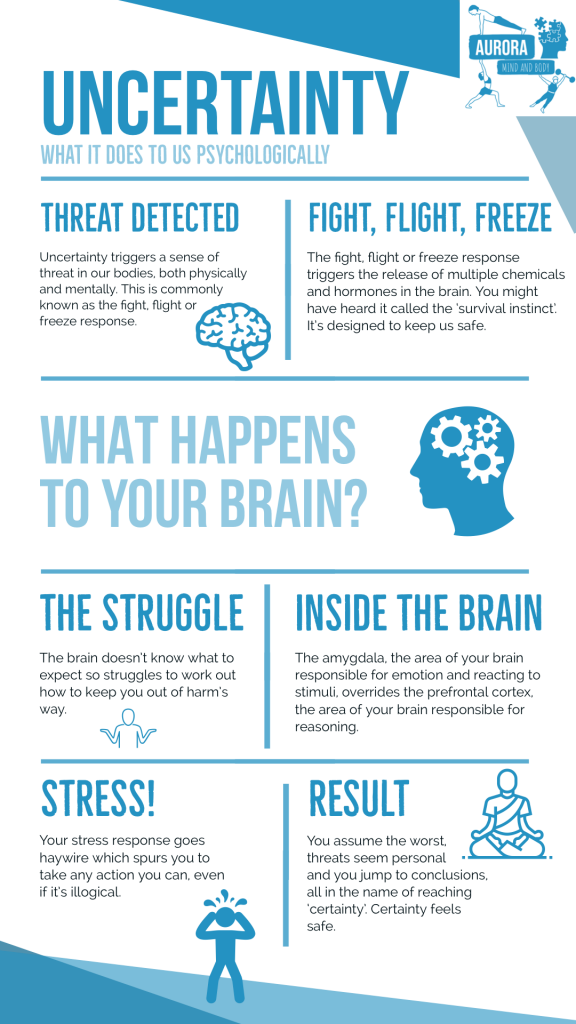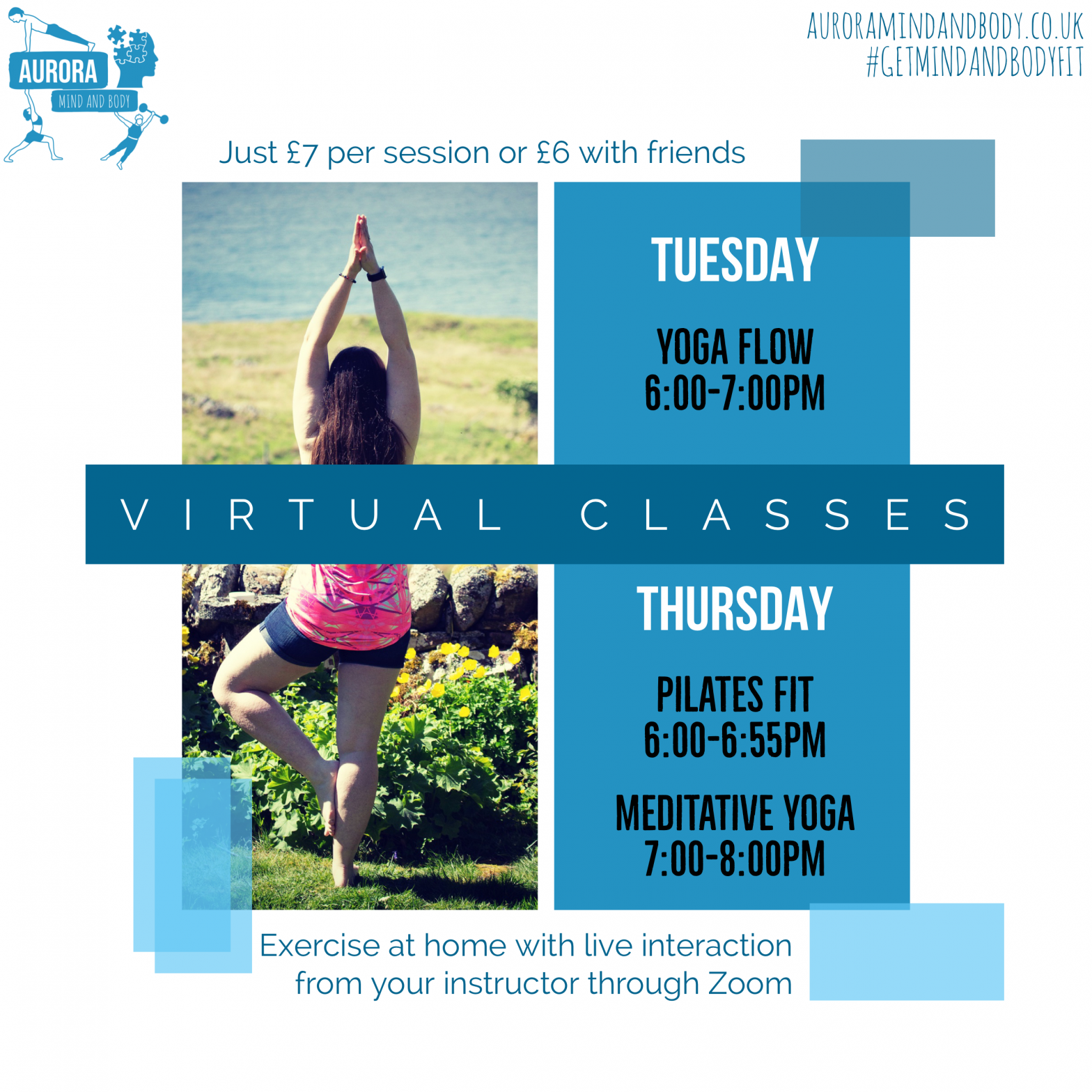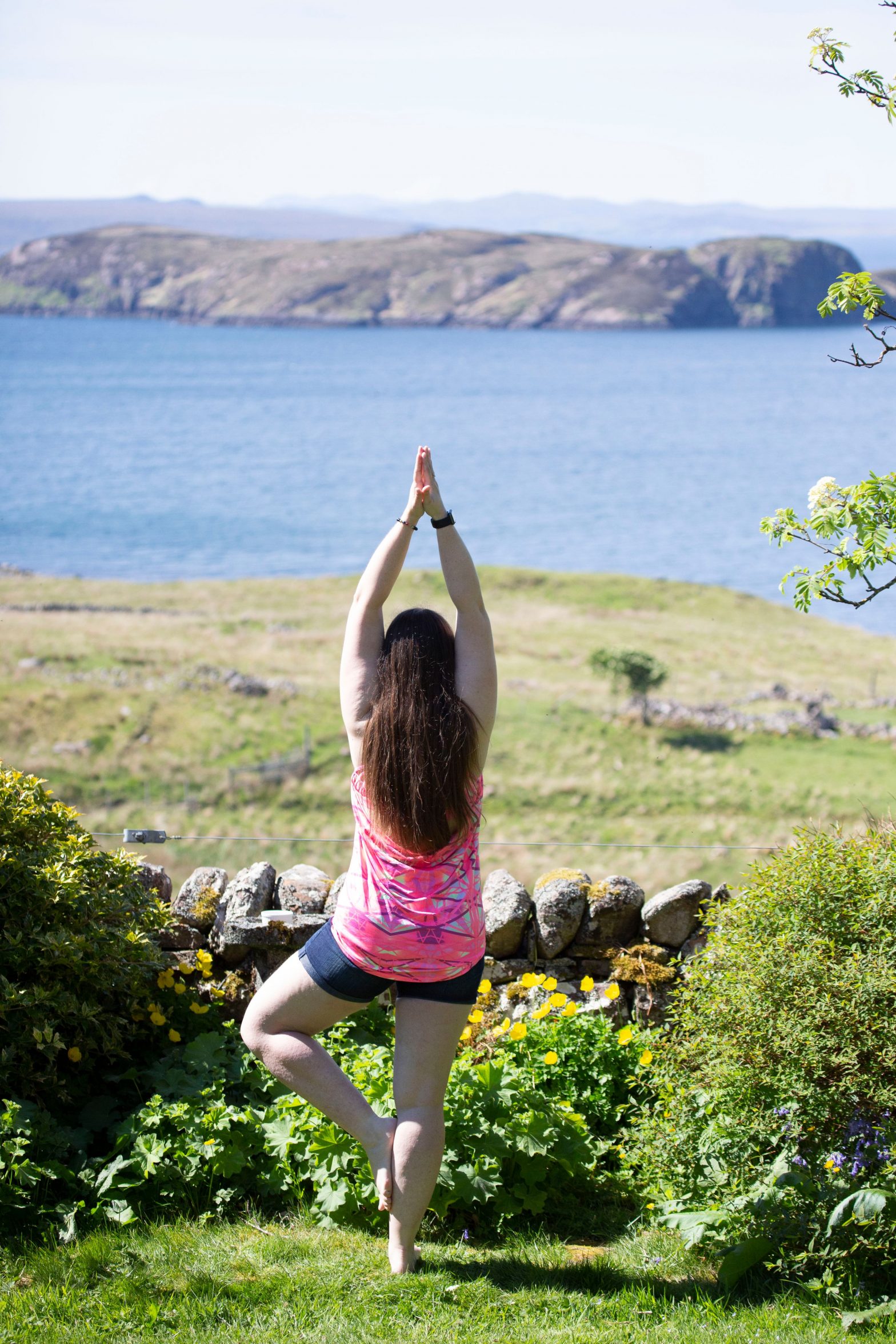Written by Nat Young – Yoga Teacher, Clinical Hypno-Psychotherapist and Pilates Teacher.
As we’re launching a new Pilates class this week, many of my Yoga students have wanted to understand the difference between Yoga and Pilates. As this is a question I’m often asked, I thought I would write a post about it. Here we go…
Yoga
Yoga is thousands of years old and originated in the eastern part of the world. It has evolved over many years into what we know in the west today; a holistic practice to unite the mind, body and spirit. In Yoga, the mind and body are seen as a whole structure and physical Yoga practice is used as a way to heal the body and find mental harmony. Yoga is therefore considered to be a therapeutic activity rather than a form of exercise. That’s not to say that Yoga isn’t a fantastic way to look after your body and help you improve your fitness though. My yogis who attend my fitness-focused Yoga classes will certainly attest to that!
Regular Yoga practice gives your whole body strength and flexibility and with its focus on the breath, it promotes relaxation even in the most stressful of times. You could be holding a really difficult pose but your breath is there to get you through it. It sounds a lot like life doesn’t it? In my experience, the most common reasons that people start coming to Yoga classes are either to reduce their stress levels or to increase flexibility.
Pilates
So that’s Yoga – with me so far? Now for Pilates. Pilates is about 100 years old and originated in the west with Joseph Pilates who originally called his series of exercises ‘Contrology’. Once established, Pilates became very popular amongst dancers and the injured who all used the exercises to rehabilitate their bodies and get them moving better. While these goals are still valid ones today, Pilates is now a popular exercise regime for everyone looking to improve their fitness and wellbeing.
Pilates concentrates on increasing core mobility, stability and strength through slow and controlled movements. This gives a lot of attention to the small stabiliser muscles that you probably didn’t realise you had. When I say ‘core’, I don’t just mean your six pack either! The core is a complex structure of muscles throughout the ‘trunk’ of the body so in a well-balanced Pilates class you’ll be mobilising, stabilising and strengthening your shoulders, chest, back, tummy and glutes. Arms and legs get some focus too of course but the emphasis is on the core. All Pilates exercises also emphasise good posture and there is a balance to be had between flexibility and strength which results in longer, leaner muscles. Hello flatter tummy and shapely muscles! Pilates helps to improve general fitness, complements many other forms of exercise and also improves overall wellbeing. Like Yoga, Pilates also has a focus on the breath but it’s normally used to enhance the effectiveness of the exercises rather than for stress-relief as it is in yoga.
Which class should I do?
This will be down to personal preference as Yoga and Pilates are quite different. Indeed, many people these days see the value in both Yoga and Pilates which is why a whole new generation of people are choosing to incorporate both into their lives rather than just one or the other. If you incorporate both Yoga and Pilates into your weekly fitness regime, you’ll certainly be getting the best of both worlds when it comes to strength, flexibility and mobility. You’ll also reap the benefits of better concentration and stress-relief. What could be better than that?
Book your session
Want to give Yoga and Pilates a go? We’ve got a variety of classes in Redhouse Community Centre, North Swindon so check out our timetable and book here.
If classes aren’t your thing or you want to build confidence before attending classes, we also offer Yoga and Pilates as a one-to-one session in our North Swindon garden studio. Pilates one-to-ones can also be offered with a postural assessment and Pilates exercise prescription. If you’re interested in booking a one-to-one, get in touch here.
